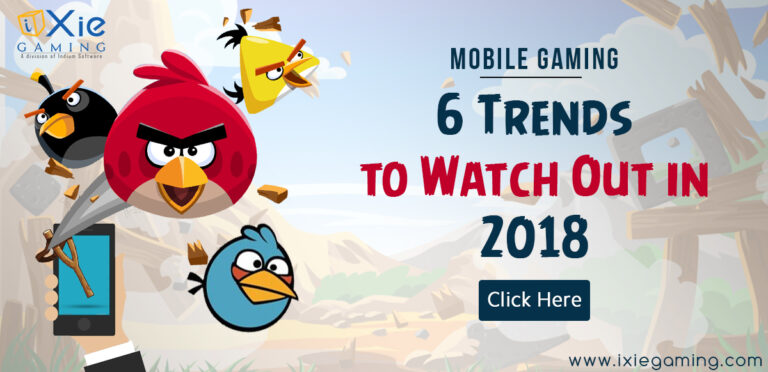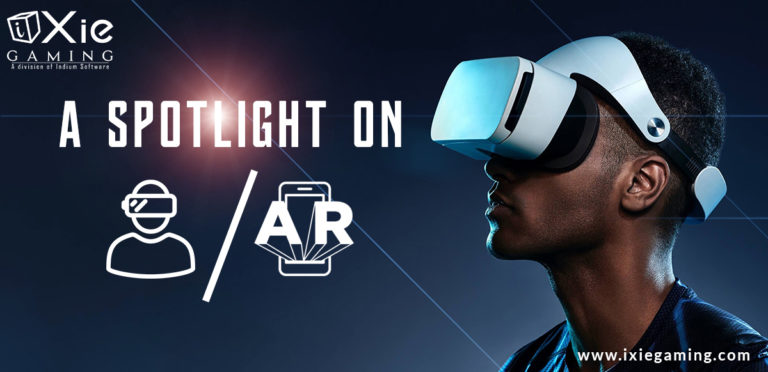The concept of a mobile game is worth thousands or even millions of dollars, which may not be enough. Some games, like Honor of Kings and PUBG Mobile, generate billions of dollars annually. For instance, in 2022 alone, Honor of Kings generated a whopping $1.8 billion in revenue. But not all mobile games are profitable, with some developers making little from their mobile games. But what’s the secret? Well, it all comes down to the mobile game monetization strategies adopted by the developer.
The mobile game monetization concept is simple – it’s about making money from the game. However, it takes more time to plan, and finding the right execution plan can be a daunting task. iXie, through this article, explores the top 5 mobile game monetization strategies to consider in 2024 for the best results.
Understanding Mobile Game Monetization
Before diving into the key strategies for mobile game monetization, you must grasp the crucial elements that power success. These components include user engagement and retention and optimizing in-game ads and purchases.
When it comes to user engagement, you must develop a game that resonates with the audience. This way, they can engage more with your game, driving more in-game purchases and revenue. Therefore, before thinking about the game monetization strategies, prioritize understanding player preferences, as it will enhance monetization opportunities and engagement.
Also, user retention is equally essential for revenue generation. Therefore, you must implement measures to retain your mobile game players. Providing regular updates, incentivizing events, and delivering fresh content are some common strategies adopted to keep players engaged. What’s more, it delivers ongoing value to players and builds a robust community. This will help maximize monetization potential and improve retention.

5 Mobile Game Monetization Strategies for 2024
Here are the top 5 strategies for mobile game monetization in 2024:
In-Game Ads
In-app or in-game ads remain one of the most effective mobile game monetization strategies for developers in 2024. This strategy allows mobile game developers and publishers to produce more ad revenue by offering ads inside the gaming app. When integrated effectively, players play the game for free, and the developer(s) earn from the ads. This strategy also has a hidden advantage for advertisers in obtaining new users by displaying their ads on games.
According to a report by Ipsos, in-game ads are effective. The report showed that half of users find in-game ads visually appealing, while 47% of users reported that they remember in-app ads. However, do not bombard players with too many intrusive and irrelevant ads. If you do so, players may leave forever due to distracted gaming experience. Therefore, strike a balance between the quality and number of ads to get the most revenue while maintaining a smooth gaming experience.
In-Game Purchases
Another strategy that can help you monetize your mobile game in 2024 is in-game purchases. This strategy is ideal for well-established developers in the mobile gaming industry. It involves making users pay for the game. For users to pay for your game, they must be sure of the quality of your game, which means the developer must have established a good rapport with the player base. Therefore, novice developers may find this mobile game monetization strategy impractical.
But what do in-game purchases entail? The in-game purchase options often include gems, coins, additional content, and extra lives, to mention a few. Also, the pricing of these in-app purchases should be highly strategic to accommodate the needs of different players.
Here are some tips to consider when setting the prices for your in-game purchases:
- Provide both cheaper and expensive items.
- Explore offers with specified validity as they have proved effective and popular.

Subscription Model
The subscription monetization model is one of the latest strategies introduced in the mobile gaming world. This model has generated significant mobile game ad revenue for numerous publishers.
But how does it work? Well, players are often ready to pay regularly for additional content and free gaming experiences. So, you can choose a one-time fee (non-renewable) or an auto-renewable subscription model.
There are several forms of subscription games, including:
- Individual subscriptions: apply to a particular game weekly, monthly, or annually.
- Battle pass subscriptions: Once a user makes this subscription, they’re eligible to unlock new rewards and content.
- Umbrella subscriptions provide access to multiple games (either from a single publisher or a third party).
Paid Games
Like in-game purchases, the paid games monetization strategy is ideal for developers with a large and diverse fan base. This strategy remains a major trend in 2024 as some gamers prefer paying upfront rather than through in-game purchases. They don’t want to see ads or pay at later stages for extra content (coins, extra lives, gems, etc.). This approach allows players to pay everything upfront before proceeding with the game, ensuring they enjoy a smooth gaming experience in the later stages.
Minecraft is one of the mobile games that have adopted this monetization strategy. This app is among the top-grossing games in application stores, showcasing the strategy’s potential to maximize revenue.
Mixed Monetization Strategy
Developers often look to maximize their game’s revenue and profitability. A single strategy may leave some monetization opportunities untapped. And that’s where a hybrid or mixed monetization strategy comes in. This monetization model allows game developers to tap into several revenue streams by combining subscriptions, in-game purchases, and in-app ads. As a result, they can accommodate the varying interests of players, making it more effective than relying on one monetization strategy.
Final Thoughts
Maximizing mobile game revenue is the ultimate goal of nearly every developer and publisher. However, achieving this goal requires careful planning and execution. You must plan and implement the right mobile game monetization strategy to get the most value from your game. Even before you launch the mobile game, consider how you will monetize it. Some common monetization strategies worth considering in 2024 include in-game ads, in-app purchases, subscriptions, and mixed models. As you think about monetizing your mobile game, don’t just focus on how much income it can generate – instead, think beyond by ensuring the game monetization strategies are used to deliver a better gaming experience for players. This way, you can enjoy long-term benefits and profitability from your mobile game creations.
Frequently Asked Questions:
The top key strategies for mobile game monetization in 2024 are as follows:
In-Game Ads
In-Game Purchases
Subscription Model
Paid Games
Mixed Monetization Strategy
In-app purchases involve players buying virtual goods or enhancements within the game. This strategy boosts revenue by offering users the option to enhance their gaming experience through items, power-ups, or customization options, creating a seamless and engaging monetization model.
In-app or in-game ads remain one of the most effective mobile game monetization strategies for developers in 2024. This strategy allows mobile game developers and publishers to produce more ad revenue by offering ads inside the gaming app. When integrated effectively, players play the game for free, and the developer(s) earn from the ads. This strategy also has a hidden advantage for advertisers in obtaining new users by displaying their ads on games.
Yes, it is a viable strategy. The subscription monetization model is one of the latest strategies introduced in the mobile gaming world. This model has generated significant mobile game ad revenue for numerous publishers. This approach fosters player loyalty and ensures a steady revenue stream, offering a win-win scenario for both gamers and developers.






